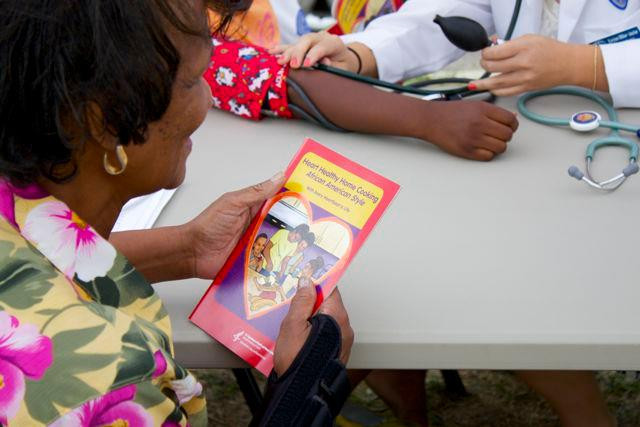
By 2030, nearly 20 percent of Americans will be over 65 years old—a sharp increase from just 13 percent today. As America’s 76 million baby boomers age, the need for healthcare professionals trained to meet the needs of an older population will be critical.
At the University of Pittsburgh, students in the schools of pharmacy, nursing and medicine are brought together to learn how to care for the elderly through a combination of classroom and clinical experiences.
Working As A Team
Over three days, the students receive classroom-based instruction on geriatrics, visit a nursing home and work in teams of 10 to solve a realistic healthcare scenario: an elderly patient with pain who must transition from the hospital to the nursing home.
“By using a care transition case, we are able to layer interprofessional competencies on top of the clinical skills students must learn to care for an elderly population,” explained Susan Meyer, Ph.D., associate dean for education and professor at the University of Pittsburgh School of Pharmacy.
Each team is composed of students from each of the three participating professions. As in practice, each team member has a different role to play, and in the patient case activity, some teams prepared the patient for transition from the hospital and others received the patient in the nursing home. As the students work together on solving the case, their discussions are videotaped. At the end of the three days, each team reflects on how they performed and prepares an assessment of how their team functioned.
Students responded positively to the course. As one pharmacy student told Meyer, “Working with people in other fields opened my eyes to how other professions work.”
Taking Training Out of the Hospital
With a national drive to shorten hospital stays, students no longer have the opportunity to care for patients over an extended period of time. In nursing homes, students are able to establish relationships with patients and develop a better understanding of the breadth of their needs and how their care evolves.
Each year, a small group of pharmacy, nursing and medical students participates in a four-week immersive clinical experience at a nursing home in the Pittsburgh area. During that time, they shadow and work with interprofessional teams of healthcare professionals as they care for elderly patients.
The University of Pittsburgh Medical Center, one of the University’s practice partners, is interested in expanding student presence and engagement in their senior care facilities, and Meyer and her colleagues Steven Kanter, MD, vice dean for the University of Pittsburgh School of Medicine, and David Nace, MD, MPH, director of Long Term Care and Flu Programs at the University of Pittsburgh and medical director for the University of Pittsburgh’s Institute on Aging, are bringing additional clinical sites on board, including an outpatient geriatric clinic.
“Everyone has to place students in clinical environments,” said Meyer. “We hope others will seek out new clinical sites and opportunities to train students interprofessionally.”
Not only is it the right thing to do, she said, it also helps advance the Triple Aim. “Collaborative practice leads to higher quality care, which leads to better health outcomes for our aging population and cost-savings in terms of shorter hospital stays and decreased readmissions.”
Lessons Learned
The first class to go through the program included 150 medical students, 10 pharmacy students and 25 advanced practice nursing students. Meyer and her team quickly realized that “it doesn’t feel very interprofessional when the med students outweigh the other professions by such large numbers.”
In the second and third years, they reduced the number of medical students to 60, recruiting individuals who expressed a specific interest in interprofessional training.
Overcoming Scheduling Challenges
Conflicting academic calendars have been the biggest hurdle to getting students from different professions together, explained Meyer. During the next academic year, the care transition case will be deployed online. Though working from computers, students will still need to collaborate in order to care for the virtual patient, teaching them to recognize and value the contribution of each profession.
“There are creative ways to overcome seemingly insurmountable barriers,” said Meyer.
A Knock-On Effect
The course has garnered significant attention on campus, with more and more faculty keen to get involved in interprofessional activities. Faculty members across the health sciences programs at the University of Pittsburgh are building out an array of opportunities for students to engage across the professions, including interprofessional learning resources in pain management “The more people engaged in IPE, the more institutionalized it becomes and the greater the potential for sustainability,” said Meyer.
The success of the program has also catapulted the University nationally. The school is one of the incubators for the National Center for Interprofessional Practice and Education, and it will host the IPE conference All Together Better Health June 6-8, 2014.